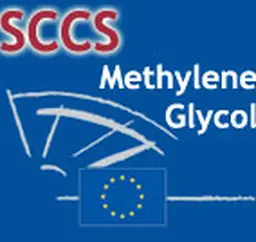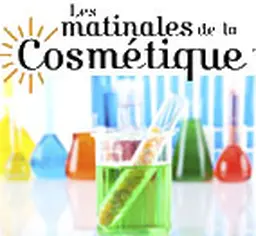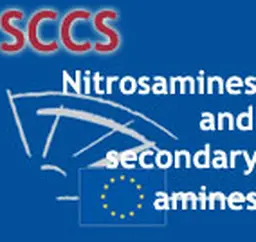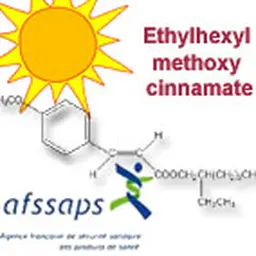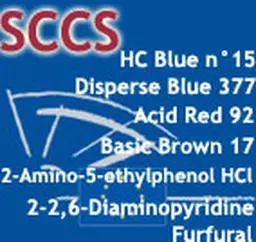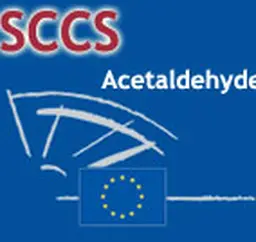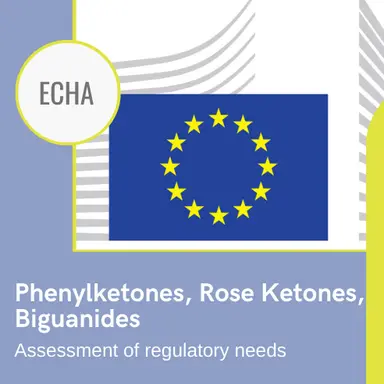
On 26 April 2023, the European Chemicals Agency (ECHA) published three reports on the assessment of regulatory needs for groups of substances that may be used in cosmetics. For two of them, the Agency concludes that no further action is needed, but not for the third.
The purpose of the regulatory needs assessment for a group of substances is to guide the authorities’ decisions on the most appropriate way to address the concerns identified for that group. This assessment may conclude that regulatory risk management at EU level is needed, e.g. CLH classification, inclusion in the candidate list, restrictions, etc., or that no additional regulatory measures to those already existing are required.
ECHA has just published the regulatory needs assessment reports for three groups of substances in cosmetic use.
Phenylketones
This group includes 15 substances.
ECHA states that they are mainly used as fragrances, wetting agents for washing and cleaning and perfumes, especially in cosmetics and personal care products.
Among them, several are listed in the CosIng:
• Guaiazulene (CAS 89-84-9), functions: antimicrobial, perfuming
• Hydroxyacetophenone (CAS 99-93-4), function: antioxidant
• Methoxyacetophenone (CAS 100-06-1), function: perfuming
• Methoxyphenylbutanone (CAS 104-20-1), function: perfuming
• p-Methoxypropiophenone (CAS 121-97-1), function: perfuming
• p-Anisyl Methyl Ketone (CAS 122-84-9), function: perfuming
• Raspberry ketone (CAS 5471-51-2), function: perfuming
• Hydroxyethoxyphenyl Butanone (CAS 569646-79-3), listed in Annex V (authorised preservatives) of Cosmetics Regulation 1223/2009, with a maximum concentration in finished products of 0.7%
For these substances, ECHA did not identify any potential …

